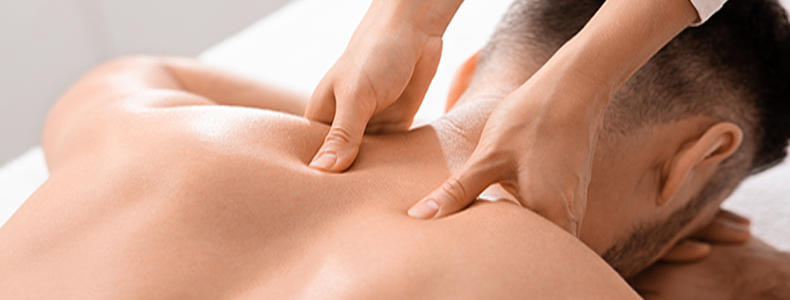
Tui Na Therapeutic Massage
With its roots in ancient Chinese medicine, Tui Na (Tuina) massage comes down to restoring the harmony of Qi (the body’s vital life force or energy) through more than 50 different and complex manual bodywork manipulations. It is able to affect nerve activity and brain neurochemistry, similar to how acupuncture does, as its techniques are similar to acupuncture in the way it targets specific acupoints. Tui Na is frequently used to treat issues related to muscles, tendons, ligaments, and joints. Generally speaking, it can treat sport injuries, tendonitis, muscular problem, respiratory issues, stress related tension, digestive problems, and internal medical issues (post-stroke paralysis, asthma, arthritis, hypertension, etc.), along with headaches. The Massage Therapist uses a variety of maneuvers, ranging from pressure on specific points (acupressure) to friction and rhythmic oscillations. Stretches and mobilizations will complete the treatment. Many of the Tui Na techniques are generally performed quite deeply, and so a patient may feel sore or pain during and after treatment, but the pressure of manipulation is always adjusted to patient's comfort. At the end of your treatment, you will feel a sensation of pressure or soreness still in the treated areas, but at the same time, you will leave relaxed because of the overall sense of increased well-being.
***** A Tui Na treatment is typically done over clothing, so it is important to wear loose and comfortable clothes.
***** Each session lasts 30-60 minutes based on the condition(s) treated.
$89.99Member Price
$109.99Non Member Price

